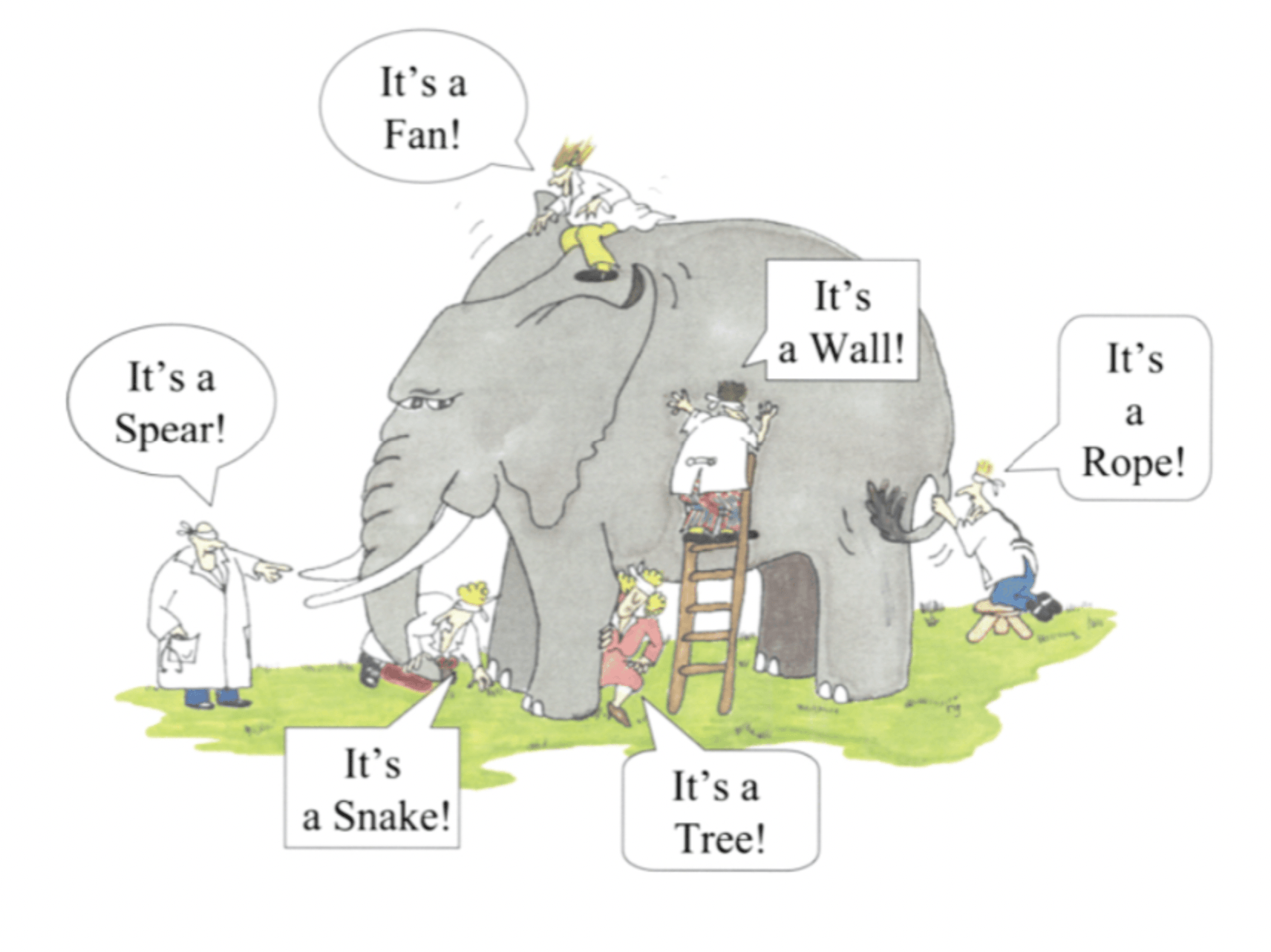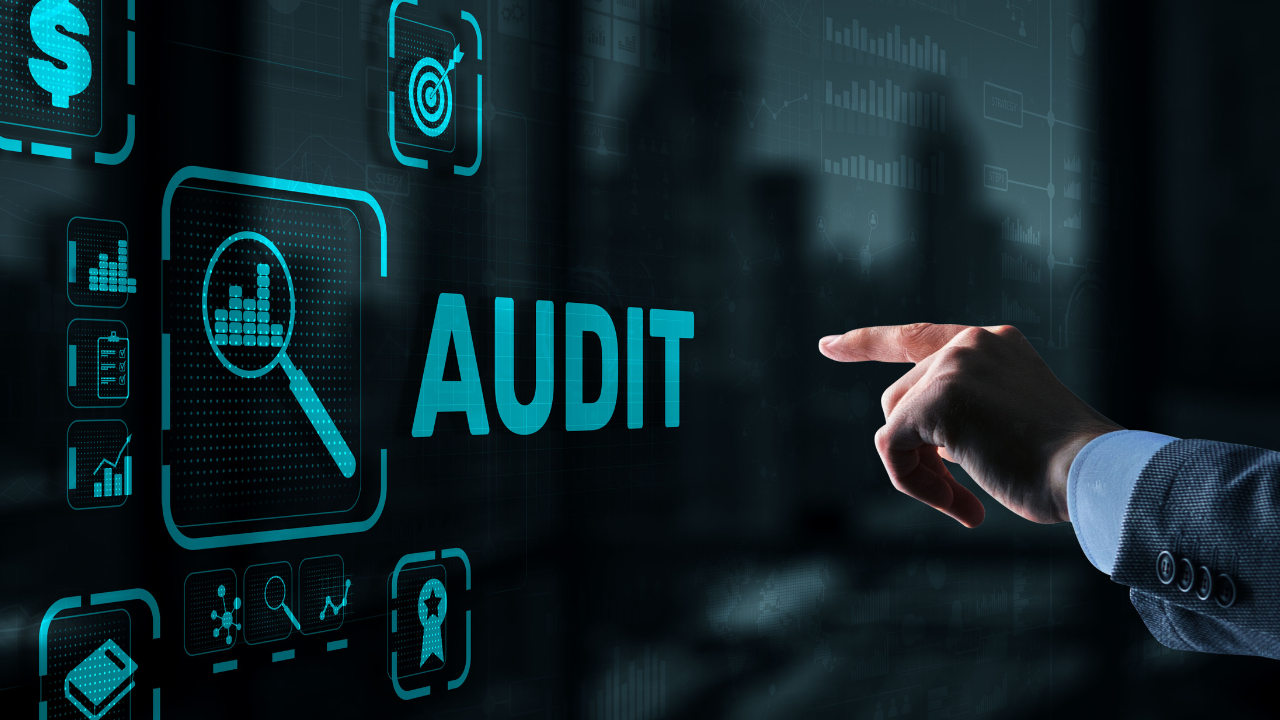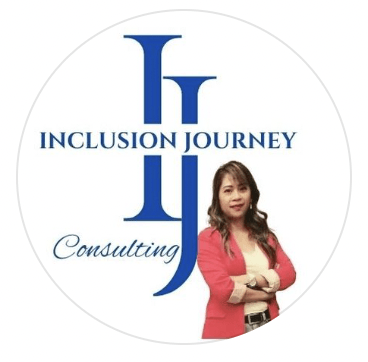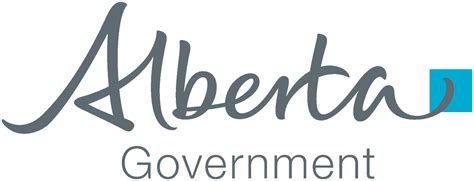Tale of the 6 Blind Men: The Layer of Diversity That Is Often Overlooked
What is diversity in the 21st century?
The concept of diversity has been around since time immemorial! The concept turned into an important business case for organizations in the last 20 years given the fact that researches have shown that a diverse organization has a more competitive edge compared to others who were not as diverse. Diversity brought about an increase in creativity, innovation, improved decision making, and had shown the impact on the company's bottom line, such as more profitability and better customer retention.
Diversity & inclusion, two powerful concepts that shape the world of work, and often have been confused by some as interchangeable concepts. In this article, let’s focus first on what diversity is and why it matters.
In this post, you will get some tips on how to move beyond diversity and leverage it in the workplace.
Diversity in the 21st century
The traditional understanding of people about diversity is that it’s all about gender, race, and ethnicity. Wellner (2000) conceptualized diversity as representing a multitude of individual differences and similarities that exist among people. Based on this concept, diversity has broadened its scope to include many human characteristics such as nationality, religious background, sexual orientation, age, ability, disability, experience, and diversity of thought.
To put the context in the organizational setting, we have to understand that each organization is unique considering the makeup of its people. Thus, it is important to remember that if a company is working on a diversity and inclusion initiative, one of the first important steps is to define what diversity means to their organization.
Cognitive Diversity
Diversity should not just be considered a numbers game, where companies are doing a check the box exercise to fulfill a ‘target’ number of employing diverse individuals based on the superficial layer of diversity: skin color, gender, race, or even disability. While all of these are important to consider, there’s also the reality that on the surface, your team might look diverse, but if you look at the deeper layer of diversity, the way people think and process information, they could be very similar. This layer of diversity is often overlooked and the organization misses out on the true benefit of what real diversity brings.
The Tale of the 6 Blind Men

A good way to describe what cognitive diversity is would be that of the ancient parable about the 6 blind men and an elephant. The 6 blind men who had never come across an elephant before were asked to describe what it was. Based on their “experience” of the elephant, they came up with 6 different descriptions.
Now, how is this related to what cognitive diversity is?
Each of us has different values, beliefs, and experiences in life that affect how we see the world, how we think, and how we process information. At work, we all contribute differently. By recognizing and valuing these differences, it unlocks the creativity and innovation that impact the success of the business. Leveraging cognitive diversity reduces groupthink and improves decision-making. [1]
Why does diversity matter?
You’d most likely ask,” Is this question still relevant now?”
Again, increasing diversity at your workplace should not just be a “tick and the box” exercise. Diversity is not just a “nice to have”. Organizations have recognized two things: it provides real business outcomes and morally and ethically, the right thing to do.
When it comes to business outcomes, a lot of research has proven the benefits of diversity (and inclusion) on:
Recruiting and retaining the right talent:
- 67% of job seekers consider workplace diversity an important factor when considering employment opportunities, and more than 50% of current employees want their workplace to do more to increase diversity. [2]
· Financial performance:
- Companies with high levels of gender and ethnic diversity outperform others by up to 35%. [3]
- Companies with more diverse management teams have 19% higher revenues due to innovation [4]
- The higher representation of women in C-suite positions results in 34% greater returns to shareholders. [5]
· Increased market share:
- Companies with diversity are 45% more likely to report that they
captured a larger portion of the market and 70%
more likely to have entered into a new market in the past year. [6]

Moving forward with diversity
Here are some of the approaches that organizations can leverage on diversity in the workplace:
1) Define what diversity means in your organization
By having a clear understanding of what diversity is and what it should look like in your organization, you will be able to assess where the gaps are, identify the metrics and the outcomes that you should be working on. Clear metrics drive more results and more accountability.
2) Leadership commitment is crucial.
Leaders at the executive level play an important role in the success of the diversity & inclusion journey of their organization. Without their support and commitment, meaningful change cannot happen.
3) Diversity, equity, and inclusion initiatives should not be stand-alone programs. It should be incorporated in the business strategy, processes, and outcomes. Having DEI (Diversity, Equity, and Inclusion) as a separate goal/ initiative to work on is usually the common cause of failure. When organizations do this, it usually implies that DEI is not a priority and leaders don’t see the impact or the benefits that the DEI initiative has on the business outcomes and financial performance. Use a DEI Strategy Road Map when building your DEI Strategy so that you are creating a holistic and multidimensional approach to your DEI strategy. [7]
4) Let's move beyond diversity and works towards inclusion
In the book, Uncommon Sense in Unusual Times, author Csaba Toth has mentioned a powerful statement that struck me. He said, “diversity is cool until someone disagrees with us.” [8]
Misunderstanding happens in several ways. It could be caused by personal and cultural differences, or an opposing idea brought forward from someone who doesn’t look like us, or perhaps from someone who has a different worldview than us.
When people don’t feel that they are valued, that they don’t belong, that they are not empowered, a diverse work environment is considered a “minefield” instead of a “gold mine.” [9] To cultivate the gold mine is to cultivate an inclusive work environment.

Time to re-set
Progressive organizations are now looking at resetting their culture so that more inclusion is embedded in their organization and fully leverage their diverse talent. A number of enabling conditions should be considered when developing an approach that is suited for your organization’s needs and objectives in meeting your DEI goals.
Ready to launch your DEI Strategy?
When you are ready to launch your diversity, equity, and inclusion initiative We can help you clarify what your first steps should be. Or if you are in progress with your program and are running into challenges, or the need to expand your program’s effectiveness, book a complimentary consultation with me.
To schedule the complimentary call, email me at maria@theinclusionjourney.com or click on the link for my calendar.
About Maria Drueco
Maria is a D&I consultant with diverse experience and expertise in HR consulting, HR program content development, facilitation, Business Development, and Sales and Marketing. After more than 15 years of Sales, Marketing, and Business Development experience in the Philippines and in Canada, she then shifted to Human Resources, focusing on developing programs and strategies for inclusive workplace culture, improve personal effectiveness, enhanced employee engagement, and supporting new leaders in the organization.
Connect with her on LinkedIn
References:
[1] Sarah E. Gaither, Evan P. Apfelbaum, Hannah J. Birnbaum, Laura G. Babbitt, and Samuel R. Sommers, “Mere Membership in Racially Diverse Groups Reduces Conformity,” Social Psychology and Personality Science, vol. 9, no. 4 (2018): p. 402-410; Astrid C. Homan, “Dealing with Diversity in Workgroups: Preventing Problems and Promoting Potential,” Social and Personality Psychology Compass, vol. 13, no. 5 (2019)
[2] Glassdoor, 2014
[4] https://www.bcg.com/en-ca/publications/2018/how-diverse-leadership-teams-boost-innovation
[6] https://hbr.org/2013/12/how-diversity-can-drive-innovation
[7] https://drive.google.com/file/d/1lr5oR3G6cTGMepNHPt6oyxF90af3OEwi/view?usp=sharing
[8] https://www.amazon.ca/Uncommon-Sense-Unusual-Times-opportunities-ebook/dp/B085MMVHNF
[9] https://www.amazon.ca/Uncommon-Sense-Unusual-Times-opportunities-ebook/dp/B085MMVHNF















